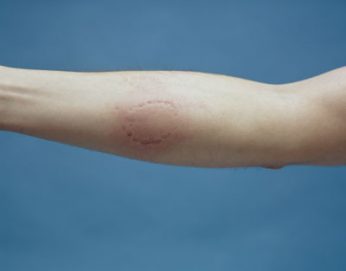
Bite-mark analysis is based on two falsehoods and has wrongfully convicted at least 24 peopleīite marks, long accepted as criminal evidence, now face doubts about reliability. For some disciplines the results could even be worse. What’s more, if other pattern-matching disciplines were subjected to the same scrutiny as hair analysis, there is no reason to think the results would be any better. These witnesses, who are largely presented as learned and unbiased arbiters of truth, can hold great sway with jurors whose expectations are often that real life mimics the television crime lab or police procedural.īut that is not the case, as the first results from the FBI hair evidence review clearly show. And given the conclusions of the NAS report, future results are not likely to improve. Nonetheless, courts routinely allow forensic practitioners to testify in front of jurors, anointing them “experts” in these pattern-matching fields - together dubbed forensic “sciences” despite the lack of evidence to support that - based only on their individual, practical experience. “The forensic science community has had little opportunity to pursue or become proficient in the research that is needed to support what it does,” the NAS report said. But the validity of this premise has not been subjected to rigorous scientific inquiry. There is one thing that all troubling forensic techniques have in common: They’re all based on the idea that patterns, or impressions, are unique and can be matched to the thing, or person, who made them. “With the exception of nuclear DNA analysis … no forensic method has been rigorously shown to have the capacity to consistently, and with a high degree of certainty, demonstrate a connection between evidence and a specific individual or source,” reads the report. In a landmark 2009 report, the National Academy of Sciences concluded that, aside from DNA, there was little, if any, meaningful scientific underpinning to many of the forensic disciplines. While these revelations are certainly disturbing - and the implications alarming - the reality is that they represent the tip of the iceberg when it comes to flawed forensics.

The preliminary results announced last week represent just a small percentage of the nearly 3,000 criminal cases in which the FBI hair examiners may have provided analysis. Of the 329 DNA exonerations to date, 74 involved flawed hair-evidence analysis. The review is a joint effort by the FBI, Innocence Project and the National Association of Criminal Defense Lawyers.

The hair analysis review - the largest-ever post-conviction review of questionable forensic evidence by the FBI - has been ongoing since 2012. These included cases where 14 people have since been either executed or died in prison. LAST WEEK, the Washington Post revealed that in 268 trials dating back to 1972, 26 out of 28 examiners within the FBI Laboratory’s microscopic hair comparison unit “overstated forensic matches in a way that favored prosecutors in more than 95 percent” of the cases.


 0 kommentar(er)
0 kommentar(er)
